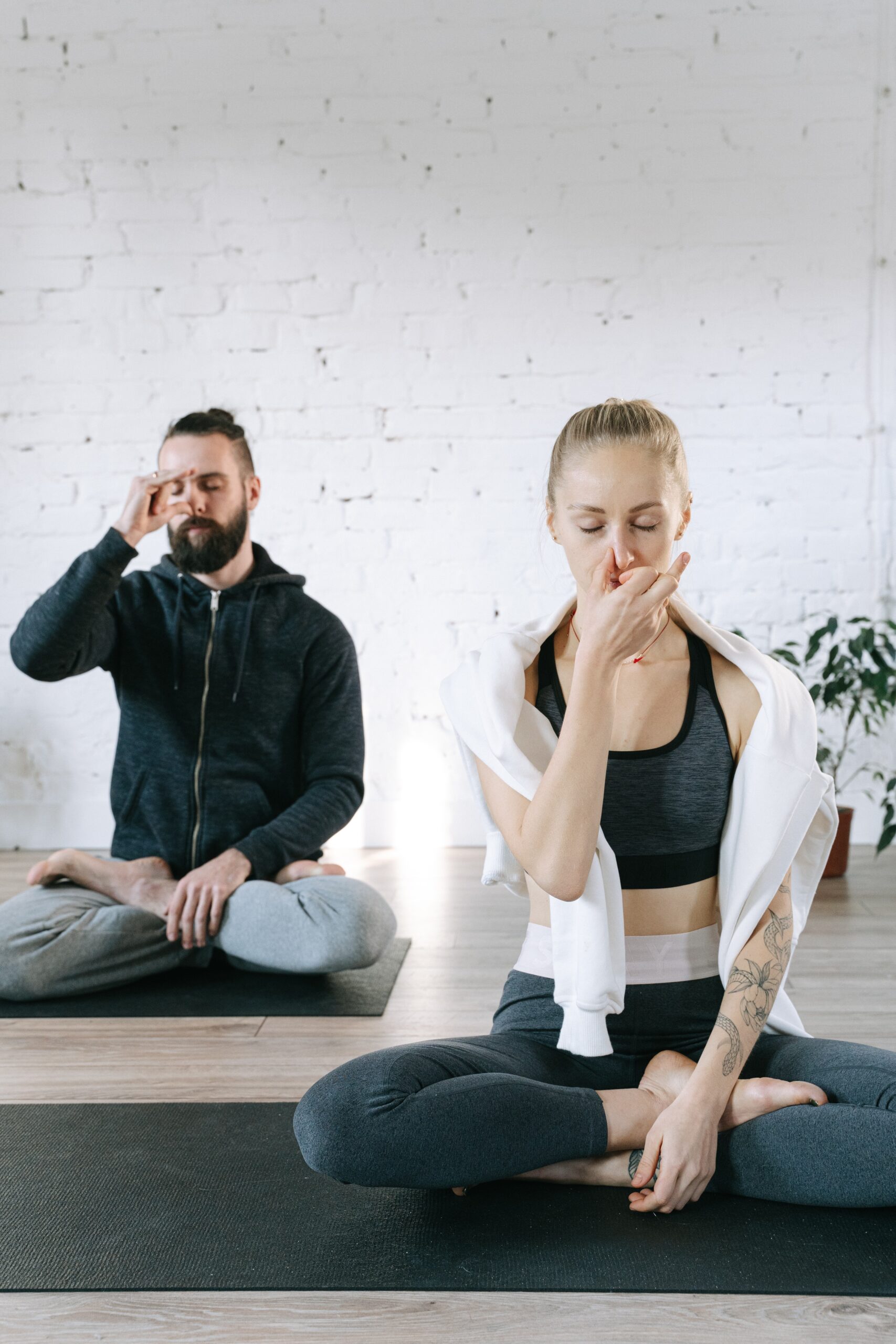In order to fall asleep faster and get overall better sleep, any breathing exercise can be done to calm your nerves. It is not uncommon for people to have trouble falling asleep. These exercises are an integral part of any mindfulness-based practice. With the high pressure of our lives, it is not surprising that we are having sleep difficulties.
Here are the top 5 specific breathing exercises:
1. Breath Counting:
It is the best mindfulness breathing exercise for sleep and can be an effective way to calm your mind and body before bedtime as you count your breath consciously. It’s also a great way to establish a routine for your nighttime routine, which can help you sleep better at night.
2. The 4-7-8 Breathing Exercise
4 7 8 breathing exercise is a prevalent technique to help people relax, relieve stress and fall asleep. This is one of the best breathing exercises, pioneered by Harvard-trained Dr Andrew Weill. It has its roots in pranayama and is said to be a ‘natural tranquiliser for the nervous system’ helping to quickly reduce tension and allowing the body to relax. It’s simple to perform and hardly takes a few minutes. Inhale and stop at 4th second, hold your breath for seven seconds and exhale for eight seconds. Repeat the process for 5 minutes.
3. The 3-5-5 Breathing Exercise:
The 3-5-5 exercise is a type of anxiety breathing exercise that can be used to help you relax before bedtime or anytime you need some relief from anxiety or stress. This exercise requires less time than the 4-7-8 breathing exercise, but it’s still a little more challenging to do than just taking in deep breaths.
They can be a powerful tool to lower your stress levels and improve your health You can practice this breathing exercise anywhere and anytime.
1) Take a deep breath in through your nose for 3 seconds
2) Hold it for 5 seconds
3) Exhale slowly through your mouth for 5 seconds
4. The 7-11-14 Breathing Exercise:
The 7-11-14 exercise is one that can help you fall asleep faster and stay asleep longer as well as help you to relax before bedtime. This type of breathing exercise puts your body in a state of relaxation because it forces you to focus on your breath rather than any other thoughts or worries that might be going through your head at the time.
Here’s a step-by-step guide on how to do it: You basically breathe in for 7 seconds, hold your breath for 11 seconds, and then exhale fully for 14 seconds. You’ll repeat this three times to complete one round of the breathing exercise.
5. Square breathing:
It is a type of exercise that starts with taking in a deep breath through the nose and then exhaling through the mouth. This should be followed by another deep breath through the nose and then exhaling through the mouth.
It consists of a 4-4-4-4 count: Breathe in for a count of four; hold your breath for a count of four; exhale for four seconds; hold your breath again for a count of four. It’s important to keep your breaths even and slow. The process should be repeated for at least ten minutes.
The benefits of square breathing are many including calming the nervous system, reducing stress levels in the body and improving mental focus and concentration on tasks at hand.
Although exercises undoubtedly help many people, they are not easy for some as they have poor breathing power and lung capacity, especially those with lung disorders like asthma, dyspnea, emphysema etc. This can affect them as they attempt to practice the aforementioned breathing exercises.
In such cases, how to increase lung capacity?
Short answer: Lung strengthening exercises
The first thing that you need to do is to make sure that you are breathing from deep within your diaphragm. This will ensure that your lungs are fully inflated and this will make it easier for them to take in more air. If you are not sure how then there are a number of different exercises that can help you with this.
Rib stretching, Diaphramic breathing, pursed breathing and pushing out can be wonderful ways to start if you want to boost your lungs’ capacity.
.




